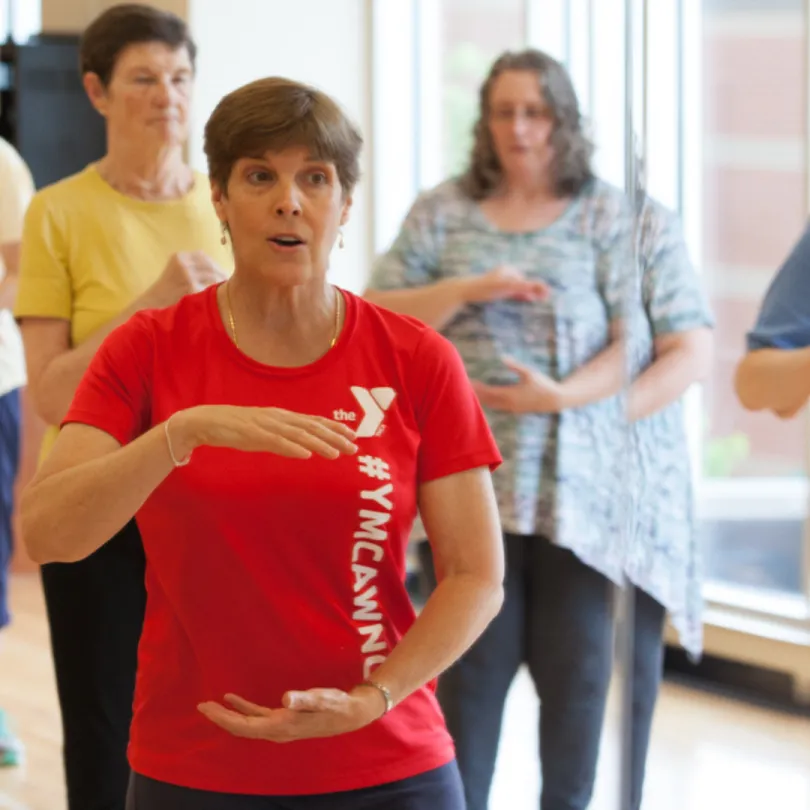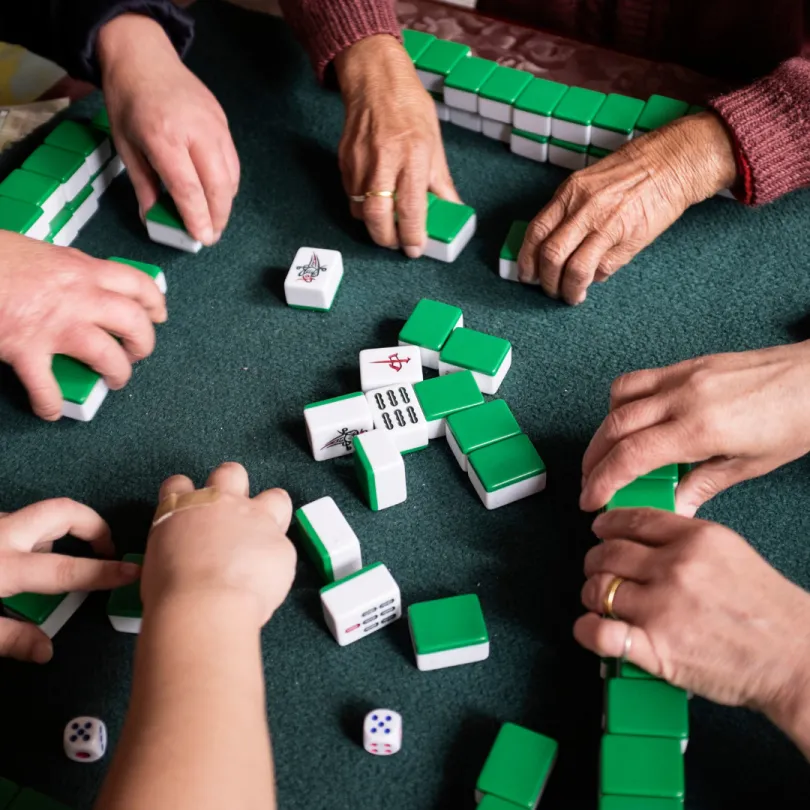Stay active to improve your quality of life.
As you age, it gets harder to do the things that were easy when you were younger. The Y wants to ensure that you live a long and happy life. Here you can find exercise classes to keep you moving and find a community where you can connect with friends.
Staying active as you age leads to more confidence, better sleep, a more positive mood, and a higher quality of life. Stay healthy longer at the Y!

Healthy aging programming at the YMCA of WNC is presented by Hopscotch Primary Care, which offers accessible healthcare for Medicare adults in rural communities. Learn more about the partnership here.
Get connected
Getting older can be lonely. Enrich your life and expand your circle of friends with special events at the Y.






